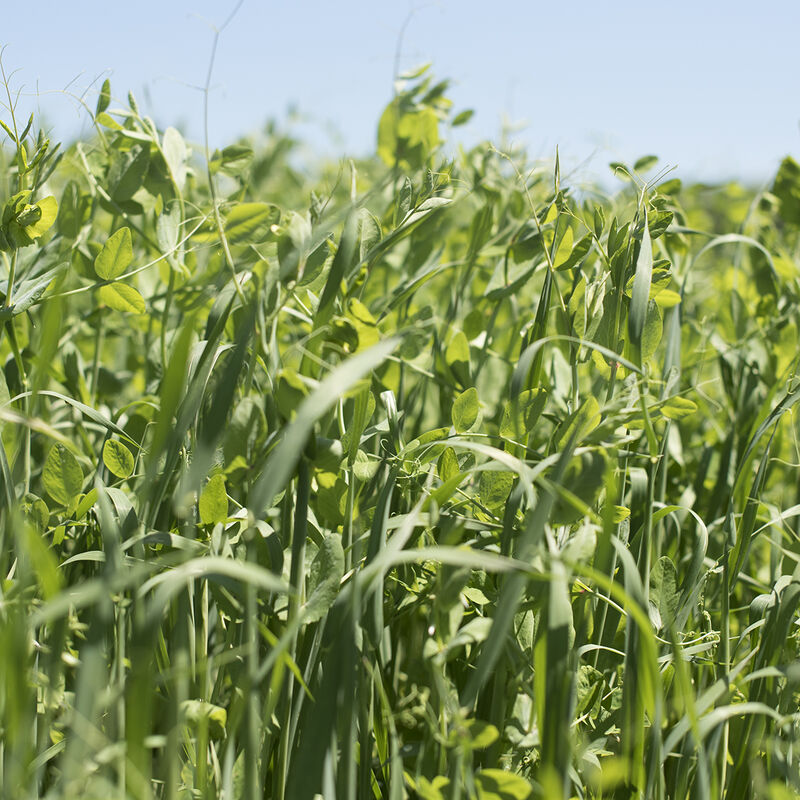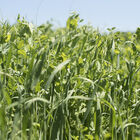Peas and Oats Mix Organic Cover Crop Seed
Peas and Oats Mix Organic Cover Crop Seed
Easy-to-manage cover crop.
Mixed to meet our farm manager's preferred percentages of 70% peas and 30% oats. Sow in early spring for a spring/summer cover crop. For a winter cover, sow in late summer or early fall. Peas provide nitrogen and organic matter; oats act as a nurse crop and trellis for the peas. Both will winterkill in northern areas if oats are not allowed to re-seed. Specialized equipment, which is often needed for terminating (mowing and incorporating) perennial cover crops, is not necessary. An easy choice for home gardeners. Inoculate with Garden Combination Inoculant (#7531) or Pea, Vetch, and Lentil Inoculant (#7534) for best performance. USDA Certified Organic.Specs:
- This product does not ship to Canada.
This item’s size, weight, or shape may require an additional shipping surcharge based on the shipping location selected. Specific charges will be displayed during checkout.
Culture: Seed any time spring through late summer, though cooler weather is preferred. Prefers full sun, well-drained soil, and a pH between 6.0–7.0, but can be grown in less ideal conditions successfully. For maximum production and nitrogen fixation, inoculate with a pea/vetch type inoculant. Sow seeds ¾–1" deep, covering completely with soil. Larger scale plantings can be drilled or broadcast and lightly harrowed in.
Seeding Rate: 5 lb./1000 sq.ft.; 120-200 lb./acre
Height: 24–36"
Harvest: Pea flowers, tendrils, or plant tips can be harvested young for a sweet and tender salad addition. Can be a source of revenue for market farmers.
Termination: Peas and oats will winterkill in cold climates, leaving a protective, but easily incorporated residue in the spring. Can be mowed before winter to make incorporation even easier. For spring plantings, mow and till under while vegetative. Once oats flower, residue will be more difficult to till in. At this stage, crimp or mow for a surface mulch, or wait 2–3 weeks after mowing to till in. Tarping after mowing or crimping is an effective way to manage residues on a smaller scale.
Johnny's is committed to your success, every step of the way.
We want you, our customer, to be 100% satisfied with all of our seeds, tools, and supplies.
If anything you purchase from us proves unsatisfactory, we will either replace the item or refund the purchase price.





